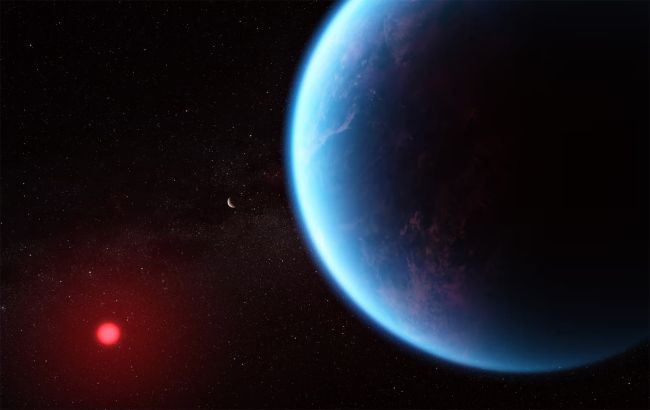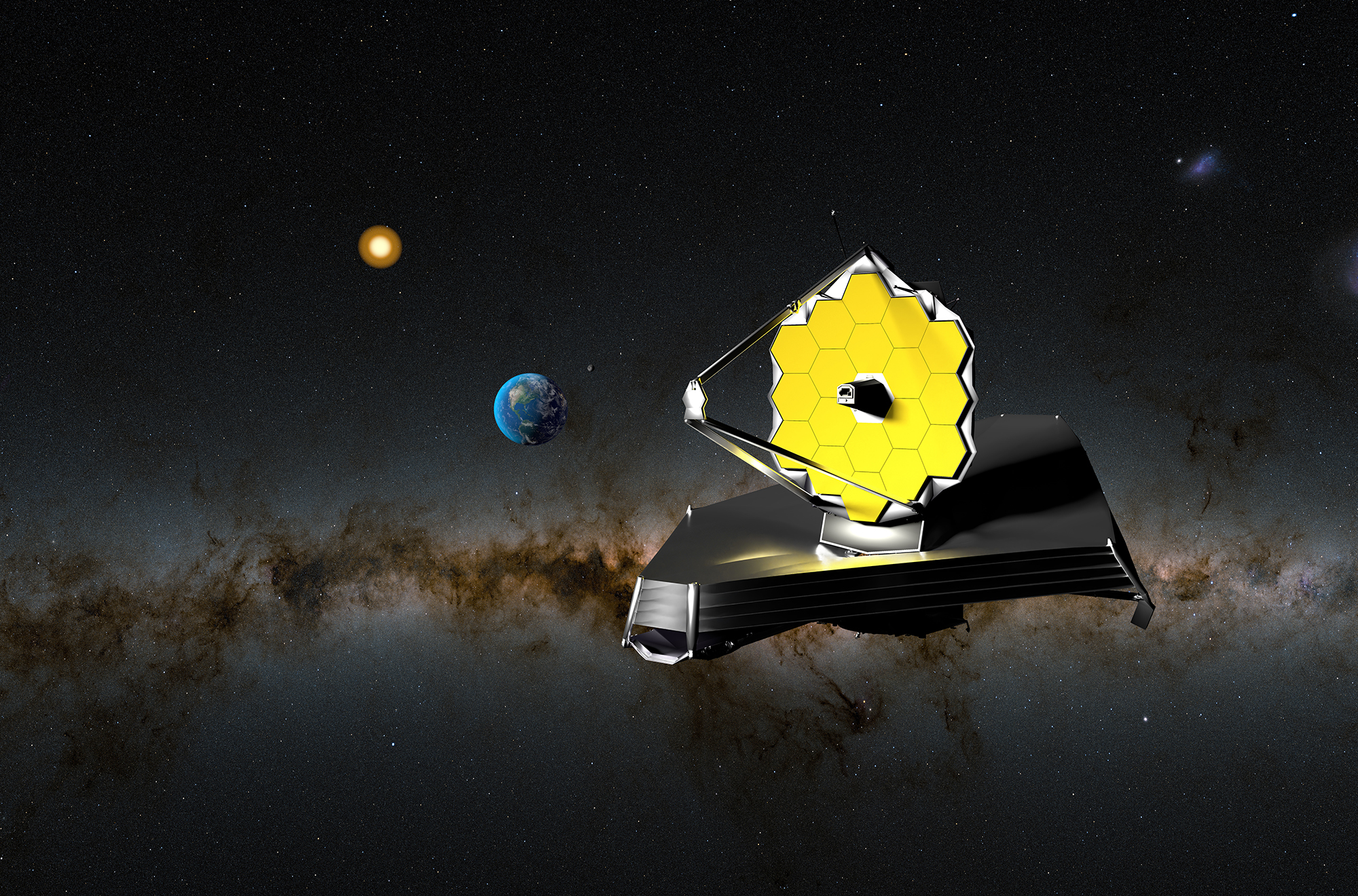Scientists found strongest evidence of alien life on exoplanet K2-18b
 Scientists found strongest evidence of alien life on exoplanet K2-18b (Photo: https://cam.ac.uk/)
Scientists found strongest evidence of alien life on exoplanet K2-18b (Photo: https://cam.ac.uk/)
Cambridge scientists may have found the strongest evidence yet of alien life, according to BBC.
Could this be our first sign of alien biology?
A research team from the University of Cambridge has detected intriguing chemical signals in the atmosphere of a distant planet called K2-18b, using NASA’s James Webb Space Telescope.
According to lead scientist Prof Nikku Madhusudhan, the team discovered molecular traces of dimethyl sulphide (DMS) and dimethyl disulphide (DMDS) — gases on Earth that are only produced by marine microorganisms.
"The amount we estimate of this gas in the atmosphere is thousands of times higher than what we have on Earth," Madhusudhan told the BBC. "So, if the association with life is real, then this planet will be teeming with life."
While the signals are not yet strong enough to claim a discovery, the professor remains optimistic: "This is the strongest evidence yet there is possibly life out there... We can realistically say that we can confirm this signal within one to two years."
 James Webb Space Telescope (Photo: Getty Images)
James Webb Space Telescope (Photo: Getty Images)
K2-18b, located 124 light-years from Earth, is two-and-a-half times our planet’s size and orbits a small red star. Its potential to host life is partly based on the absence of ammonia in its atmosphere — a clue that it may be covered by a vast ocean, where gases like DMS could form.
A debate far from over
Despite the promising data, the evidence is still classified as a "three sigma" result — or 99.7% certainty — falling short of the five sigma threshold (99.9999%) typically required for scientific confirmation.
Independent experts, including Prof Catherine Heymans and Dr Subir Sarkar, stress caution, noting that non-biological geological processes could also explain the gas signatures.
"Even with perfect data we can’t say for sure that this is of a biological origin on an alien world," Heymans told the BBC.
Prof Madhusudhan’s team is now collaborating with other research groups to explore whether DMS and DMDS could form through abiotic means in similar planetary conditions.
Moreover, some scientists have raised alternative theories about the planet's composition. It could be a mini gas giant without a surface, or even a world of molten rock.
The debate continues, fueled by the planet’s faint signals and limited observational windows. Still, researchers agree that the findings mark a significant step in our quest to answer one of humanity’s oldest questions: Are we alone?
Decades from now, this discovery might be remembered as the moment when the "living universe" came within scientific reach.
Earlier this year, scientists also found another potentially habitable planet, HD 20794 d, a Super-Earth just 20 light-years away, orbiting a Sun-like star.
Like K2-18b, it sits in the habitable zone, raising hopes that our galaxy may be teeming with life-friendly worlds.

